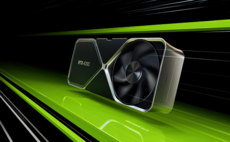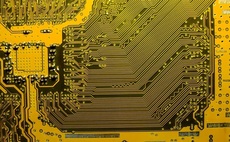Versatile and gutsy hybrid tablet and netbook
The Asus Eee Pad Slider SL101 is the second of Asus' ground-breaking netbook/tablet hybrid to hit the UK, the first being the superb Transformer. The Slider, above, initially launched with v...
To continue reading this article...
Join Computing
- Unlimited access to real-time news, analysis and opinion from the technology industry
- Receive important and breaking news in our daily newsletter
- Be the first to hear about our events and awards programmes
- Join live member only interviews with IT leaders at the ‘IT Lounge’; your chance to ask your burning tech questions and have them answered
- Access to the Computing Delta hub providing market intelligence and research
- Receive our members-only newsletter with exclusive opinion pieces from senior IT Leaders




















